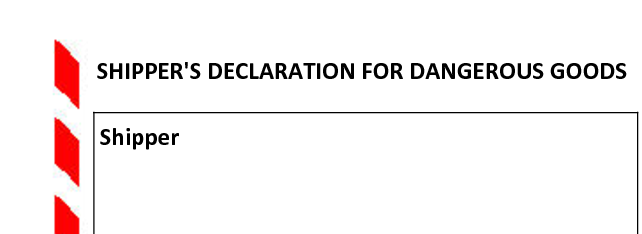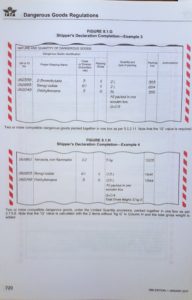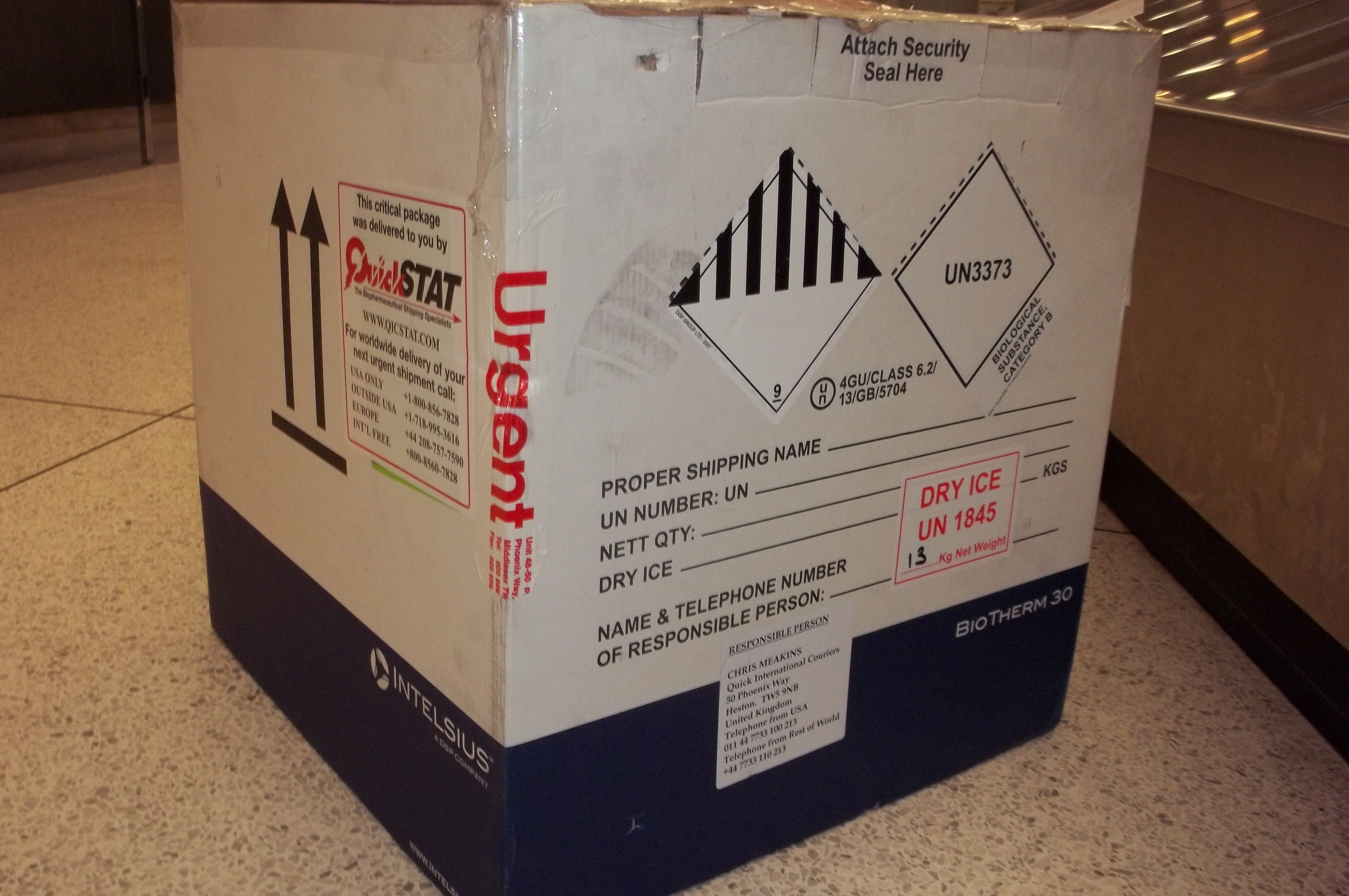Per Section 8 – Documentation of the International Air Transport Association (IATA) Dangerous Goods Regulations, a “Shipper’s Declaration for Dangerous Goods” must be completed by the shipper of each consignment of dangerous goods, except for the following:
- UN3164, Articles, pressurized, hydraulic (see Packing Instruction 208(a)).
- UN3164, Articles, pressurized, pneumatic (see Packing Instruction 208(a)).
- UN3373, Biological substance, Category B (see Packing Instruction 650).
- UN1845, Carbon dioxide, solid (Dry ice) when used as a refrigerant for other than dangerous goods (see Packing Instruction 954(c)).
- Dangerous goods in excepted quantities (see 2.6.8).
- UN3245, Genetically modified organisms, Genetically modified microorganisms (see Packing Instruction 959).
- Lithium ion or lithium metal cells or batteries meeting the provisions of Section II of Packing Instructions 965-970.
- UN2807, Magnetized material (see Packing Instruction 953).
- Radioactive material, excepted packages (RRE) (see 10.5.8).
Contact me with any questions you may have about the transportation of hazardous materials by air, highway, vessel, or rail International and Domestic Daniels Training Services, Inc. 815.821.1550 |



